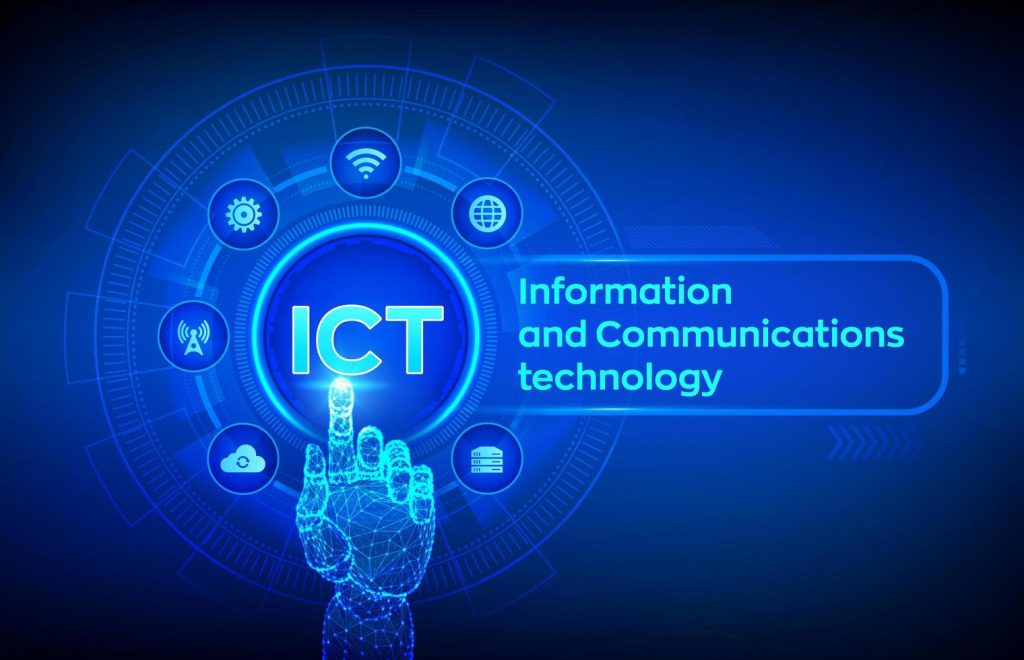Information and Communication Technology (ICT) encompasses the technologies used to handle information and facilitate communication. This broad field includes hardware, software, telecommunications, and data management systems. ICT has become integral to modern life, influencing various sectors from business and education to healthcare and social connectivity.
Core Elements of ICT
- Hardware: The physical devices that enable Information and Communication Technology functions, including computers, smartphones, tablets, servers, and networking equipment. These tools are essential for processing, storing, and transmitting data.
- Software: Programs and applications that operate on hardware devices. This includes operating systems, productivity applications, and specialized software tailored for specific industries, such as financial software or medical diagnostic tools.
- Telecommunications: Technologies that enable communication over distances, such as the internet, mobile networks, and satellite systems. These technologies support voice, video, and data transmission, connecting people and systems worldwide.
- Data Management: Systems and processes for handling data, including databases, data storage solutions, and cloud computing. Effective data management is crucial for analyzing, protecting, and utilizing information in various contexts.
Impact of ICT
- Business Operations: ICT has transformed business practices by automating processes, enhancing communication, and enabling remote work. Tools like email, collaboration platforms, and customer relationship management (CRM) systems improve efficiency and productivity. Businesses can leverage data analytics to make informed decisions and drive innovation.
- Education: ICT has revolutionized education through e-learning platforms, digital resources, and interactive tools. Students and educators benefit from access to online courses, virtual classrooms, and a vast array of educational content. ICT supports personalized learning and makes education more accessible.
- Healthcare: In healthcare, ICT facilitates electronic health records (EHR), telemedicine, and advanced diagnostic tools. These technologies enhance patient care, streamline administrative processes, and support medical research, leading to better health outcomes.
- Social Connectivity: Social media platforms, instant messaging, and video conferencing have reshaped personal and professional interactions. ICT enables instant communication, fostering global connections and facilitating community building. It also supports social movements and public engagement.
- Economic Development: ICT drives economic growth by creating new industries, job opportunities, and entrepreneurial ventures. The digital economy contributes significantly to global GDP, with innovations in fintech, e-commerce, and digital services.
Challenges and Considerations
Despite its benefits, ICT presents challenges such as cybersecurity risks, digital divide issues, and privacy concerns. Ensuring equitable access to technology and safeguarding data are critical for maximizing ICT’s positive impact.
In summary, ICT is a transformative force in contemporary society, shaping how we work, learn, connect, and grow. Its pervasive influence underscores its significance in driving progress and addressing global challenges.
